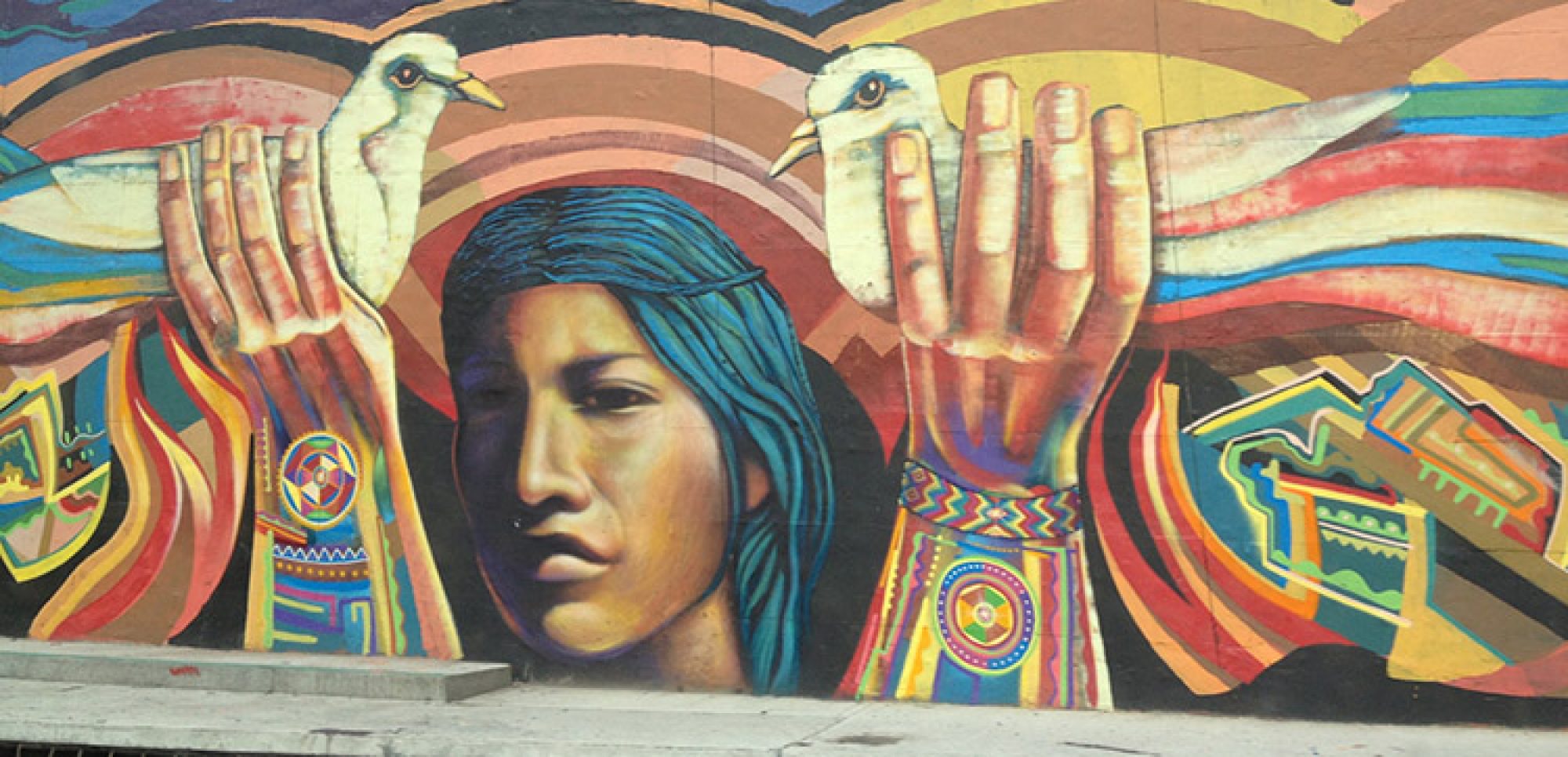Popular culture, in short, is a way of life or culture that is created and enjoyed by ordinary people. For example, this includes common dances, religions, and foods within a particular region. What is clear from the readings and viewings in the course so far is that just as culture is shaped by individuals, individuals are also shaped by culture.
While some popular culture is logically shaped by the needs of people directly (e.g. maize is a staple ingredient in modern Mexican cuisine, as it is a native cereal grain to Mexico), there is a large portion of it that is created “accidentally” or as a result of uncontrollable external factors (e.g. Samba originates from a mix of West African and Brazilian folk dances). As in, while some part of popular culture is created as a result of individuals shaping their lifestyles according to their needs, some of it is created by accident, which in turn changes individual lifestyles.
While both are equally valuable, it is interesting to think about how, in the context of Latin America, some parts of popular culture, that heavily influence the political and social climates of every country, were never intended to exist by the Conquistadores, yet exist today. For example, the Candomblé religion was created from a mix of Yoruban religion from West Africa and Roman Catholicism.
As explored by Jon in his video, popular culture is both a way of life comprised of traditions and norms, as well as a product of these same things. This is what makes culture such an interesting concept: the idea that humans create a culture through popular beliefs and behaviors, but can also be shaped by them, even when they are not aware of their changes.
On a different note, it is interesting how popular culture is often given value or classified by those considered to be elite. For example, contemporary graffiti, an art form that was once exclusively criminalized and looked down upon by society, became celebrated as a form of popular art by prestigious art museums and critics in the late 1990s and early 2000s. While large quantities of “ordinary people” were using graffiti to express themselves for a very long time, it was not identified as a piece of “popular culture”, until those defining these terms, mostly prestigious academics and critics, decided to acknowledge it as an important expression of daily “ordinary” life. Which in a way, was defined solely by what those elite individuals considered to be “unordinary”, not the other way around.
Discussion question: What do you guys think? Is popular culture defined by us or do we define it? Both? Neither?

Hi!
Great Post 🙂
I would say we shape popular culture and popular culture shapes us. It’s a cycle that continuously grows and expands! Our current popular culture is created by us, and we were created by an older popular culture, etc.
Hi Magalee,
I can tell you write strong essays from this post!
To answer your question, I think commonly popular culture is defined by us. Popular culture typically reflects the current issues or wants of society. Culture coexists with identity, therefore popular culture is defined by us in the sense that we popularize something when it resonates with our identity.